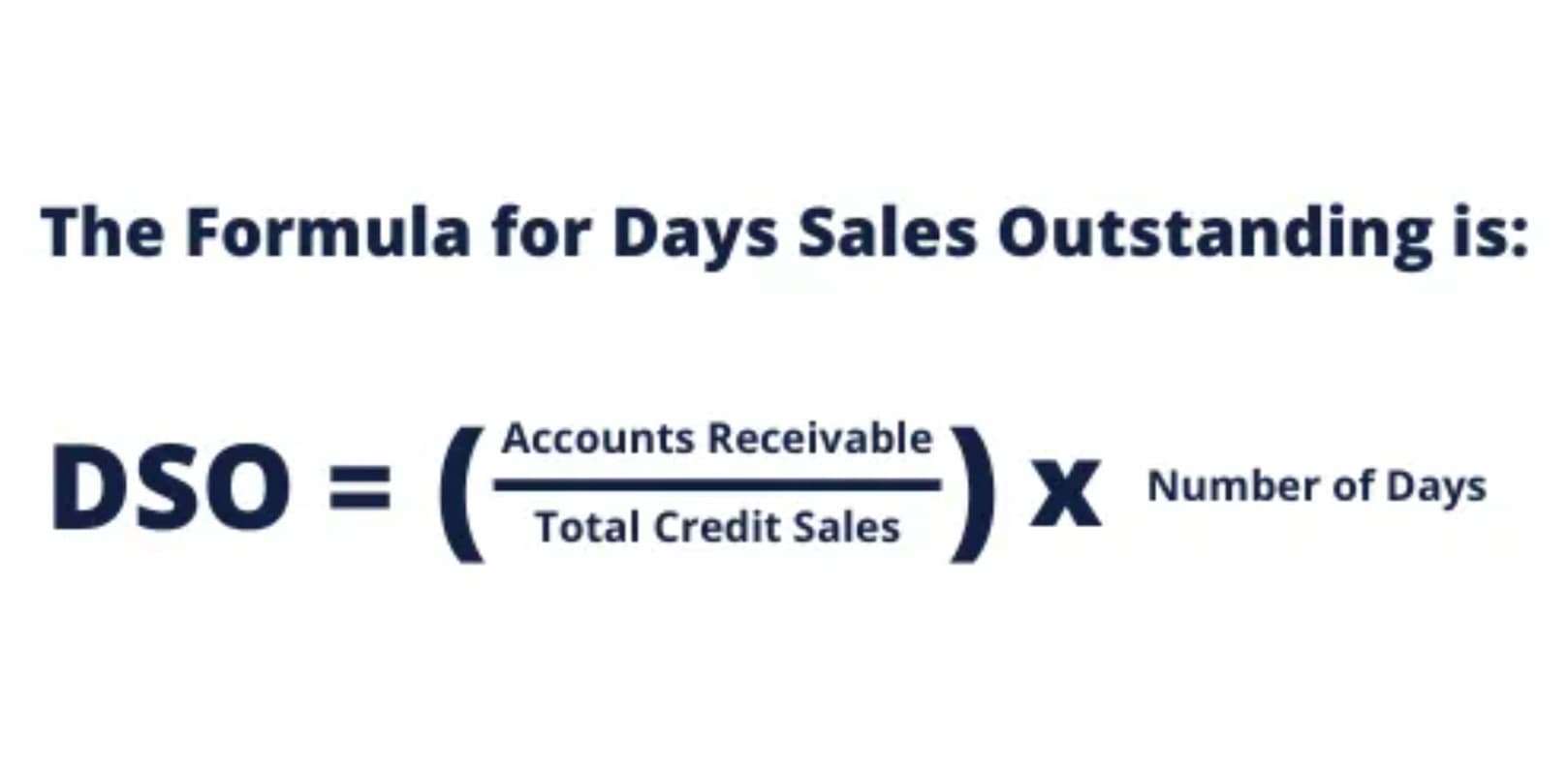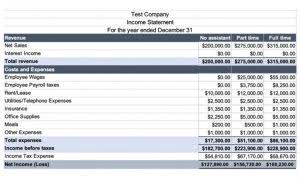
This system not only facilitates more accurate reporting but also aids in identifying cost overruns and inefficiencies early in the project lifecycle. For instance, if labor costs are consistently exceeding budgeted amounts, project managers can investigate and address the issue before it escalates. It ensures clarity for stakeholders and auditors by providing an accurate view of active commitments in ongoing projects. By separating construction investments, CIP maintains clear financial records that comply with accounting standards like GAAP. You should pre-screen CIP-related invoices when they are first entered into the system, so that items to be expensed are charged off at once. They should NOT be stored in the CIP account; otherwise, there is a considerable risk that expensable items will not actually be charged off for some time.

Accounting Methods for CIP
If you’re interested in helping the money in your bank cip accounting accounts grow, then SoFi could be a great fit. Depending on where you choose to keep your savings, you could also earn a competitive interest rate (expressed as annual percentage yield, or APY, which reflects the power of compounding interest) on deposits. Assets tend to accumulate over time (say, as savings in your retirement account grow), so don’t be discouraged if you are early in your career and in negative net worth territory. • Savings accounts are liquid assets, easily accessed and contributing to net worth. So, while items are booked when money changes hands with cash basis, items are booked when an invoice passes hands with accrual basis.
- The cost-to-cost method compares the costs incurred to date with the total estimated costs, while the units-of-delivery method is based on the number of units delivered or installed.
- GAAP allows another method of revenue recognition for long-term construction contracts, the percentage-of-completion method.
- Drones – Aerial footage feeds video recognition systems to track progress and expenditures based on items completed or materials delivered.
- They should NOT be stored in the CIP account; otherwise, there is a considerable risk that expensable items will not actually be charged off for some time.
How does WIP affect financial statements?
- CIP is used for long-term construction projects while WIP is for short-term production of inventory.
- • When your net worth is positive, that means you have more assets than debts.
- Construction work-in-progress accounting refers to the record-keeping of all expenditures that accrue in constructing a non-current asset.
- In this method, the number of units manufactured is divided by the total number of units to be manufactured.
To overcome these challenges, construction companies must prioritize the implementation of proper construction work-in-progress accounting practices. This includes employing robust financial management systems, ensuring accurate cost-tracking mechanisms, and maintaining transparency through regular and accurate financial reporting. One of the key tools in achieving financial transparency in construction is the use of Construction in Progress (CIP) accounts. CIP accounts allow construction companies to track and record the costs incurred during the construction process. By properly maintaining and updating these accounts, companies can ensure that all relevant expenses are accurately captured and reported. Construction-in-Progress (CIP) accounting is indispensable for businesses striving to maintain accurate and comprehensive financial records.

What is the journal entry for WIP?
The costs of WIP inventory are only recognized as expenses on the income statement when the related goods are completed and sold. All the costs being incurred over time will be debited to the CIP account. In most cases, the credit will be account payable or cash if paid immediately. It relates to using that raw material in building the asset which is sold by the business as its normal operation. It is an accounting term used to represent all the costs incurred in building a fixed asset. Construction in progress, or most commonly known as CIP, is a fixed asset account with a natural debit balance.
CIP Accounting Standards and Compliance

Your grandmother’s diamond engagement ring, which might be sitting in a safe deposit box, is another example. While it has value, it would likely take some time to have it appraised and find the right buyer. However, as long as your savings account has a positive balance and those stocks have some value, they’re still considered to be an asset.
Construction In Progress Accounting
Through construction-in-progress accounting, also known as CIP accounting, one can keep track of all expenditures involved throughout a construction project. Unanticipated events like weather delays, skilled labor shortages, inflation in material prices, etc. routinely lead to budget overruns in construction. Tracking and communicating the true project cost on an ongoing basis via Bookkeeping for Chiropractors CIP accounting is vital. Despite best efforts, construction projects frequently encounter events that complicate CIP accounting.
- Strategic asset allocation, the practice of building a portfolio that is optimized for market fluctuations, is the simplest form of asset protection.
- It is crucial to understand the distinction between fixed assets and construction in progress for accurate accounting and financial reporting.
- CIP accounting is important to a construction company’s accounting system software because it allows businesses to track the progress of a construction project and monitor its costs.
- Don’t miss out on the latest construction industry news and subcontractor guides.
- Additionally, new investment instruments may be introduced that provide asset protection that was not previously available.
- This capitalization of costs can lead to a substantial increase in total assets, which in turn affects key financial ratios such as the return on assets (ROA) and the debt-to-equity ratio.
Checking accounts and savings accounts are typically considered assets, since they have a positive financial value. They represent accessible money that is part of your personal wealth and can be used as you like. The capital costs are debited to construction in progress and in most cases credited to accounts payable. The credit side of this entry might be to cash if paid for immediately or to the business’s inventory if it used the adjusting entries inventory assets in the construction. The Completed-contract method is an accounting method of work-in-progress evaluation, for recording long-term contracts. GAAP allows another method of revenue recognition for long-term construction contracts, the percentage-of-completion method.
This includes the cost of materials, labor, equipment, and any overhead expenses. You need to operate a construction-in-progress accounting system when you are constructing assets that will not be completed for an extended period of time. An accountancy term, construction in progress (CIP) asset or capital work in progress entry records the cost of construction work, which is not yet completed (typically, applied to capital budget items). Normally, upon completion, a CIP item is reclassified, and the reclassified asset is capitalized and depreciated. Publicly listed construction companies have financial reporting obligations that require transparent communication of performance. This includes reflecting CIP accounting data accurately on mandatory financial statements.

Fostering Financial Transparency with CIP Accounts

The construction execution stage is where the actual construction work takes place. CIP accounts track direct and indirect costs incurred during this stage, such as labor expenses, equipment rentals, and project management fees. Ongoing cost monitoring and control are essential to ensure projects stay within budget, leveraging accounts payable tracking to manage cash flow. Construction Work-in-Progress is a noncurrent asset account in which the costs of constructing long-term, fixed assets are recorded.